Editor’s Note: We present another article by Laramie Hirsch.
…Or, at least, this is how we try to do them in our house. There’s probably even better ways than this. This post is inspired by John C. Wright’s article, Christmastide.
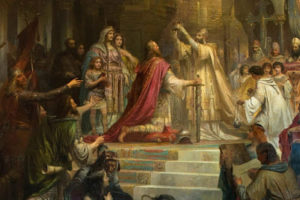 |
| The Christmas crowning of Charlemagne. Long live Christian Monarchy! |
November
-On the week of Thanksgiving, I put up the Christmas lights on the house. No LEDs. Hate em. Incandescent C9 bulbs are classic. We do Thanksgiving, and I try to do some online Black Friday/Cyber Monday shopping if I have to. I also purchase a good supply of purple and pink candles for our advent wreath, and I pick up an advent calendar that has chocolates in it.
– The Sunday after Thanksgiving, Advent begins.
– That Sunday, I put out the Advent wreath on our dinner table, and for our dinner, we light one purple candle for that first week.
-Also that Sunday, I put out the creche (the stable) for our manger scene.
December
– Starting the first day of December, I begin rotating my children to have turns at opening the daily advent calendar scene. They get really excited about it. The youngest goes first. One advent window is opened up each day through December 24th.
– Also starting the first day of December, we put up a little tiny Christmas tree–our Jesse Tree–and the kids rotate, taking turns putting up special ornaments that recall stories from the Bible, such as Noah’s Ark, or Jacob’s Ladder. An ornament goes up every day through December 24th.
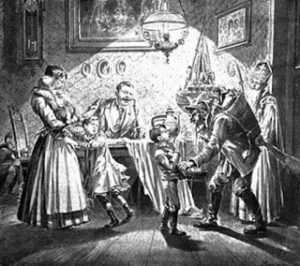 |
| St. Nicholas and Krampus visit a family. |
– December 5th, we tell the children stories about St. Nicholas. But we also tell the children stories about the Krampus. For kicks.
– December 6th, the children wake up to find that St. Nicholas has put chocolate gold coins, oranges, and Cuties in their stockings. They also get a card from the Krampus, warning them to be good.
– On St. Nicholas Day, the family goes out (we try to take Grandpa) for an evening at the mall. We eat out somewhere, go to the candy store and get some goodies, and we find a place to buy ornaments for that year. Each person gets one special ornament for that year.
-In the first week of December, we go to the downtown Christmas parade.
– Second Sunday of Advent, we light two purple candles on our Advent wreath on our dining table.
– Also on that second Sunday, we put out the farm animals in the creche–the cow and the goats, the feed, and whatnot.
– December 12th, we try to celebrate the Feast of Our Lady of Guadalupe. Sometimes we go to a church party, and there’s a pinata.
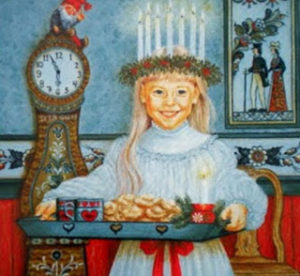 |
| St. Lucy |
– December 13th is St. Lucy’s Day. Recently, we’ve been going to local parish functions where the girls get to dress up like St. Lucy of Sweden.
-Third Sunday of Advent, we light two purple candles, and the pink candle of our Advent wreath. (Gaudete Sunday)
– Also, on that third Sunday, we put the shepherd and his sheep out on the manger scene.
– Fourth Sunday: we light all of the colored candles on the Advent wreath on our table during dinner.
– Also on the fourth Sunday, we put out Mary and Joseph in the manger scene.
– In that week before Christmas, I try to take us out to see Christmas lights.
– December 24th, Christmas Eve, the feast day of Adam and Eve. Either on this day or a few days before, we buy the Christmas tree. It is only on this day that we decorate our Christmas tree. I try to keep everyone from turning the lights on until midnight.
– Also, Christmas Eve is Protestant Christmas for my side of the family. (Opening presents on Christmas Eve is the only tradition they’ve known.) So we go to a family party, let the family kids play together, and we play a gift swapping game.
– Also, on Christmas Eve, we put the angel on top of the manger scene.
– If all my children were not toddlers and babies, we’d be going to Midnight Mass.
– December 25th, is the first of the 12 Days of Christmas. The Christmas tree is lit up fully.
– Christmas Mass, of course
– December 25th, baby Jesus is placed in the manger scene. The three Wise Men are placed on the periphery of the scene, and they slowly advance towards Christ, day by day.
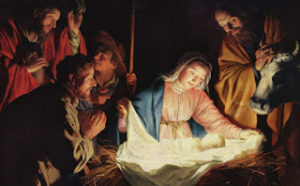 |
| December 25th, Christmas has only just begun. |
– December 25th, we have a Christmas dinner. We light the white candle in the middle of the Advent wreath, and we light all of these candles at every meal until the end of Christmas
– December 25th, we start playing Christmas music for the next 12 days. (Even though the radio stations turn off Christmas music on the 26th. That’s what private music collections are for.)
– December 26th, St. Stephen’s Day, 2nd day of Christmas. I’ve aimed at taking the family out for a horse carriage ride on this day. Still have yet to succeed on that attempt.
– December 27th, Feast of St. John, 3rd day of Christmas. An occasion for Christmas parties for adults. Wine and other spirits included. I pulled this off this year with some friends.
– December 28th, Feast of the Holy Innocents/Childermas. This day is truly for my kids. In particular, we make a crown for my youngest baby, and we seat her at Daddy’s spot at the kitchen table for our meals that day. I spend the day playing with the children, we attend Mass when possible, and after dinner, we all eat chocolate pudding.
– December 29th, Feast of St. Becket. 5th Day of Christmas. There’s always this.
-December 31st, New Year’s Eve. 7th Day of Christmas. I purchase fireworks, and we detonate the ordinance at midnight, while the kids wear party hats and explode poppers, blow horns, and other such things. Also, the wife likes to cook spaghetti or noodles, to symbolize the desire for a long life, there at the beginning of the year.
January
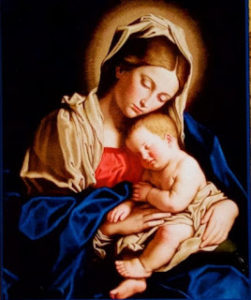 |
| The Queen of Heaven holding the Son of God. |
-January 1st, New Year’s Day. 8th Day of Christmas. It is also the Solemnity of Mary, Mother of God. It is a Holy Day of Obligation, so we go to Mass. The Solemnity is the oldest feast celebrated in the Catholic Church.
– Also on January 1st, we eat cabbage/potato soup with smoked sausage in it. We also eat blackeyed peas and cornbread. Eating black-eyed peas dates back to the Civil War. When Sherman led his Union troops through the South, the black-eyed pea fields were left unburned, because they were deemed fit only for animals. Thus, the humble black-eyed pea was a nourishing savior for the starving Confederate South. Also, the peas represent coins. The greens (cabbage or turnip greens) symbolize wealth and paper money. Cornbread symbolizes gold. When wheat was rare in the region, cornbread was a regular meal staple. Owning swine and other livestock was a symbol of prosperity, hence we eat pork for New Year’s Day. The tradition is to eat pork in the hopes of prosperity and a bountiful harvest that year.
– Over the course of the next few days, we bake Christmas cookies and assemble a gingerbread house.
– January 5th: we go ahead and finally put the Three Wise Men next to Christ in the manger scene.
– Also on January 5th, at least in English custom (think Shakespeare) it is called 12th Night. It is a night of fun and festivity. We break out our chocolates, candies, good cheeses, and other goodies, and we FINALLY open Christmas presents. The anticipation is mighty on this day. Another thing I personally enjoy doing is to wear my well-decorated Oktoberfest hat, as it fits in with most happy wintry occasions.
– January 5th: we try to go to Mass and observe the blessing of holy water and holy salt, and we take some home for the house.
– January 6th: The Epiphany, aka King’s Day. On this day, we go to our local parish for a party. The children dress up in cloaks and king’s crowns, and we all play out the scene where the Three Wise Men are looking for the Christ Child. We eat king’s cake, and whoever gets the slice with the baby Jesus inside of it gets to buy the king’s cake next year. The children play, we sing carols, and it’s a happy party.
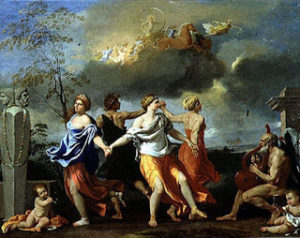 |
| Dancing in front of a statue of Janus in “Dance to the Music of Time” |
– During this time in January, I make an appointment for my parish priest to come to the house to bless it for the new year. He proceeds through our home with some frankincense and holy water, and reciting prayers, he fortifies our house against the forces of evil. At the end, he writes a sign above our doorway with some blessed chalk: 20 + C+M + B + 17. The first and last numbers represent the year, the three letters are the first letters of the Three Wise Men: Caspar, Malchior, and Balthazar. The plus signs represent the Cross. It is at this point that it becomes amusing to know that Janus–the Roman god that this month is named after–is the Roman god of doorways. So, like most pagan ways, the Catholic Church has sort of baptized the concept of Janus for Her own ends, which amuses me greatly. After the blessing, if possible, we like to have the priest eat dinner with us if he has time.
– At some point between the 6th and February, we take down the Christmas tree. But the Christmas lights stay up until February 2nd, when the Octave of Christmas is over.
– February 2nd, Candlemas. The Christmas season ends on this night. We take our beeswax candles to have our priest bless them…just in case the Three Days of Darkness happen this year. Or, just to have blessed candles.
After that, it’s Shrovetide pancakes, Mardi Gras crawfish, Lent, then Easter. But I’ve gone over the entirety of how we do Christmas in our household. I hope that we can keep this up. It’s a lot, as you can see, but well worth it, I trust. Hopefully, my kids will be enriched by all of this, and they’ll look back on these days with fondness and pass these traditions on to their own children.
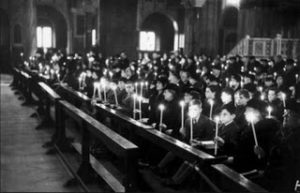 |
| Candlemas in the late 1800s |
The progenitor for this entire journey was Fr. Joshua Allen, who wrote the article: Keeping Christmas in Christmas.
Other references for learning how to celebrate Christmas in this style include Elsa Chaney’s The Twelve Days of Christmas (this is free text of the book), and The Year & Our Children: Catholic Family Celebrations for Every Season, by Mary Newland.
Other resources I’ve used, starting with the most referenced are:
The Customs of Christmastide
Fisheaters: The Customs of Christmas (yup)
Catholic Prayer: Holy Innocents or Childermas Day: Parental Blessing of Children
15 Interesting Christmas Traditions from Around the World
The St. Nicholas Center
Companions of St. Nicholas
Christmas is Awesome
Cultural Traditions in Barcelona (you won’t believe this one)
The Weihnachtspyramide (I want one)
Hope this all helps for your next year’s Christmas celebration! Add this to your favorites bar somewhere, and return to this article 10 months from now.
Wherever the Catholic sun doth shine,
There’s always laughter and good red wine.
At least I’ve always found it so.
Benedicamus Domino!


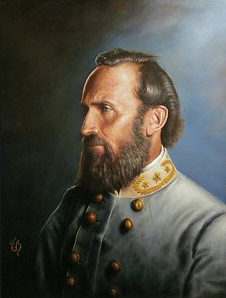
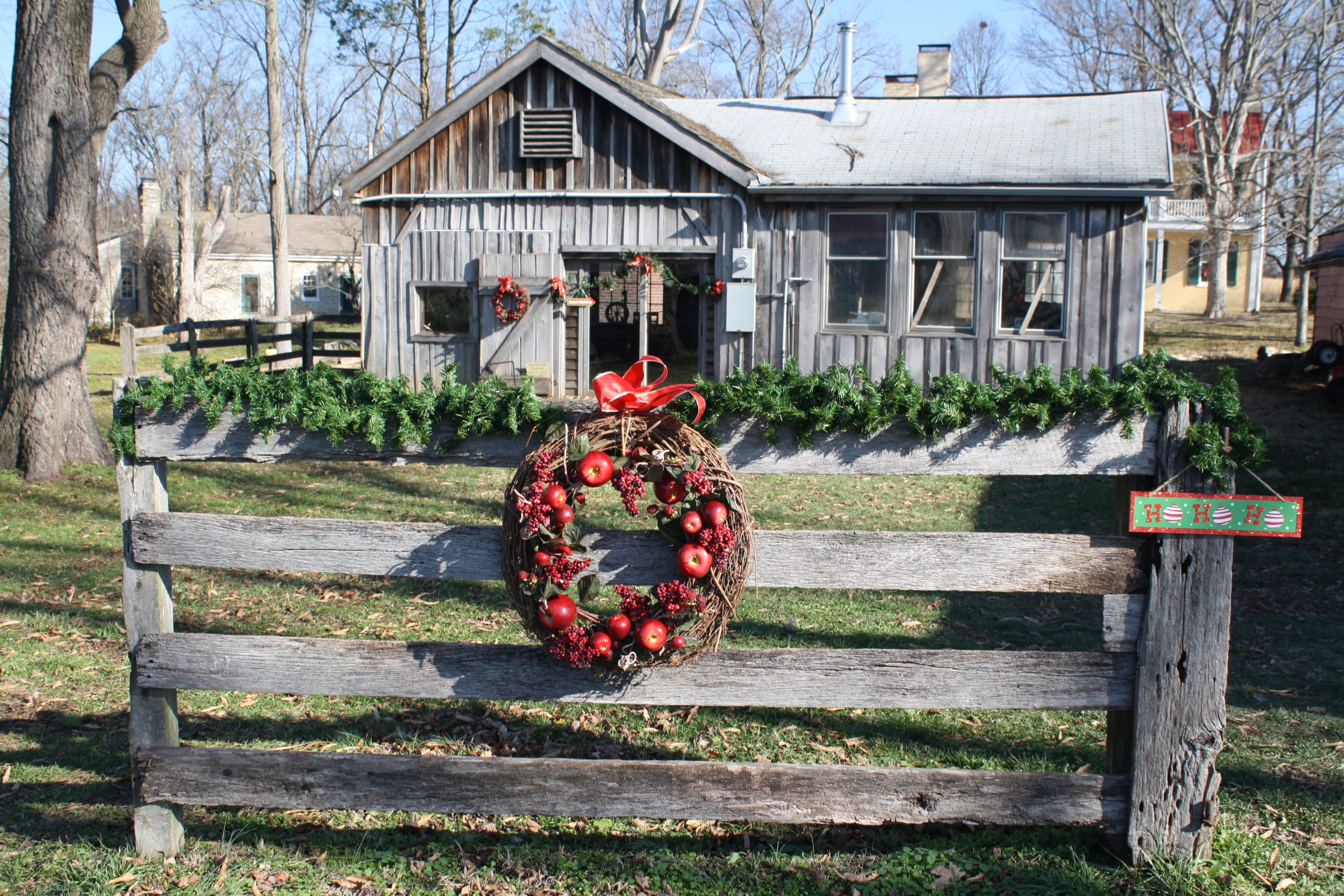
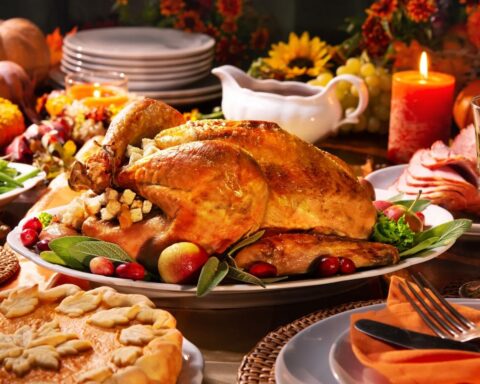
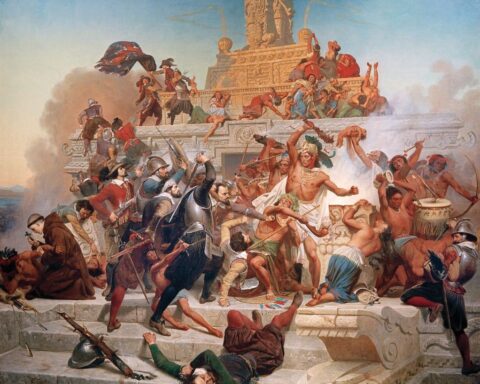
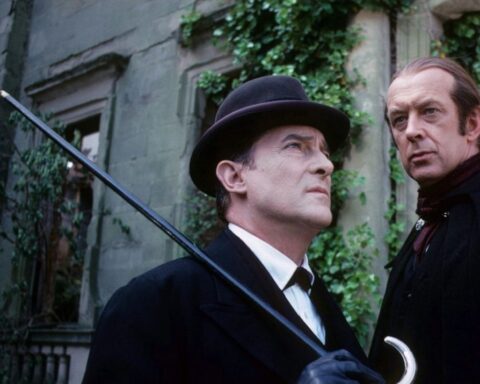
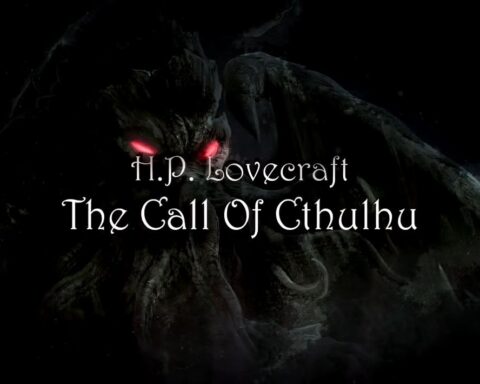

Excellent use of the liturgical calendar for the instruction of children. Christian parents who depend entirely on sunday school (or CCD) for the religious instruction of children are nuts.
5
(We don’t do any of this. In the first century, being in
Jerusalem on Pentecost was about the only annual thing
the Christians did. And in the Roman empire of 8 or
9 day ‘weeks’, most first days of the week were on
a workday. So the Lord’s supper and worship had to
be planned around a regular workday.)
****That being said…
You and your family have many happy days of being together
and thinking about spiritual things during this time of year – truly wonderful!
The worldly distractions, publik skool, etc., are at least partly cancelled out..
unless there are smartphones in every hand…
and televisions on in various rooms, blaring beer commercials
during the coonball games..
4.5
Love this, thank you for sharing